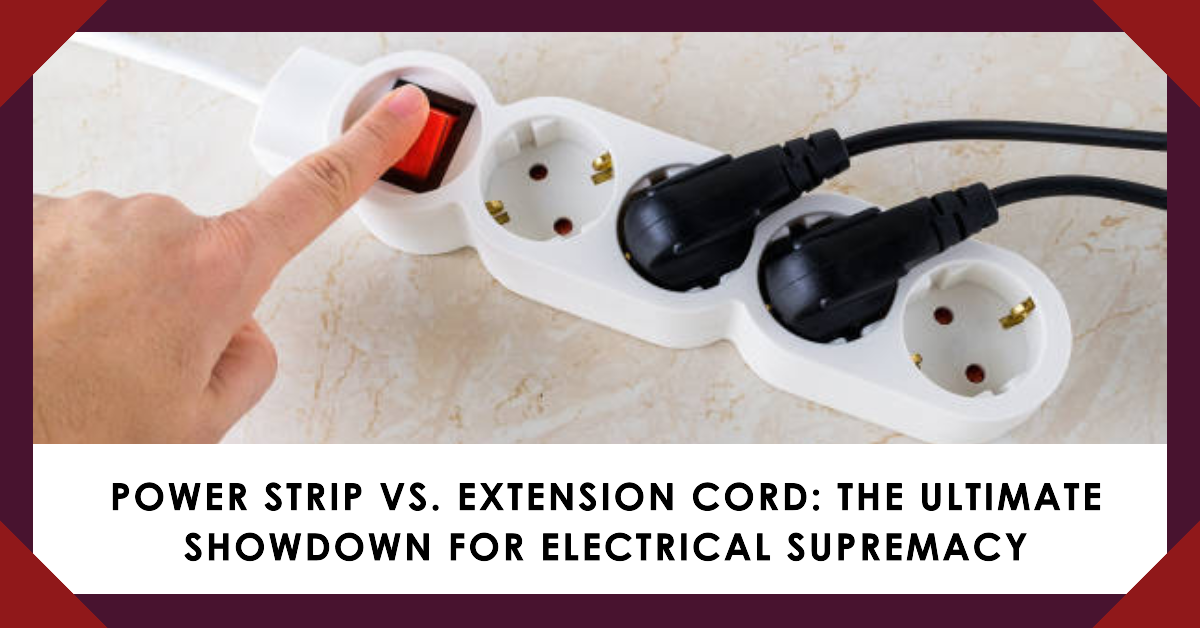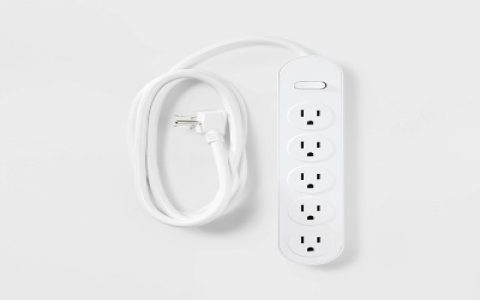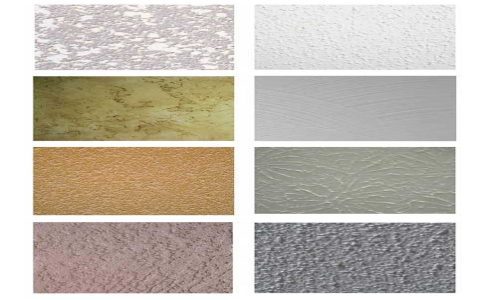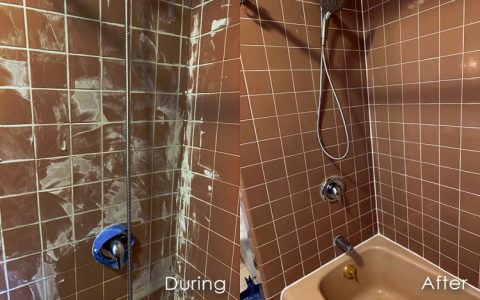Power Strip
A power strip is an electrical device designed to expand the number of available outlets from a single electrical source. It typically consists of a casing with multiple sockets, connected to a power cord with a plug.
Common features:
- Multiple electrical outlets (e.g., 4-12).
- An integrated on/off switch.
- Often includes a circuit breaker for overload protection.
- May offer surge protection to safeguard connected electronics.
Extension Cord
An extension cord is a length of flexible electrical power cable with a plug on one end and one or more sockets on the other. Its primary function is to extend the reach of an electrical outlet to power devices at a distance.

Common characteristics:
- Variable lengths.
- Specific American Wire Gauge (AWG) rating, indicating current capacity.
- Can have a single outlet or a few outlets, but typically fewer than a power strip.
- Generally lacks advanced features like surge protection or individual switches.
Key Distinctions
- Primary Function: Power strips are primarily designed to increase the number of outlets available from a single source. Extension cords are primarily designed to extend the physical reach of an electrical outlet.
- Outlet Configuration: Power strips typically feature a higher density of outlets (e.g., 4 to 12 or more) in a compact housing. Extension cords may have a single outlet or a small number of outlets (e.g., 1 to 3) at the female end.
- Integrated Features: Power strips often incorporate additional features such as surge protection, individual outlet switches, master on/off switches, and built-in circuit breakers for overload protection. Basic extension cords typically lack these features.
- Form Factor: Power strips are generally housed in a rigid, often elongated, casing. Extension cords consist primarily of a flexible insulated cable, though some heavy-duty or multi-outlet extension cords may have a more robust block at the socket end.
- Intended Use: Use a power strip when multiple devices need to be powered in one location (e.g., a computer workstation or home entertainment center). Use an extension cord when a device's power cord cannot reach an existing wall outlet.
Safety Consideration: It is crucial not to connect power strips to extension cords or vice-versa ("daisy-chaining") as this practice can overload the circuit, leading to overheating and potential fire hazards. Always select a device with an appropriate amperage rating for the intended load of connected appliances.







